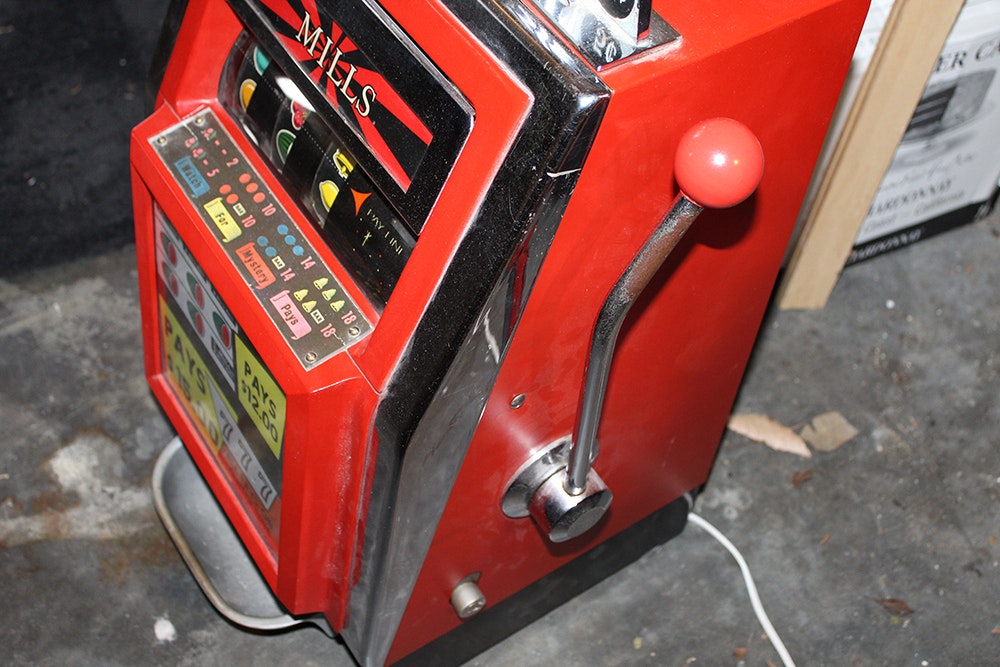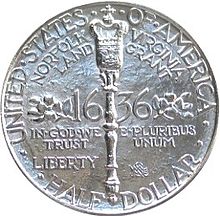Silver Dollar Slot Machine For Sale
1000 MIXED SILVER PACHISLO SLOT MACHINE TOKENS.984' / 25mm TUMBLE CLEANED. $69.99: Time left: 28d 13h 11m. Pachislo Slot Machine 5amp 5amp / 3amp 3amp Power Supply with Key, See List. $67.99: Time left: 17d 12h 2m Page 1 of 25. @ Argosy Casino in Kansas City, MO. Over the years, slot machines went through upgrades to begin accepting larger coins, like dimes, then quarters and on up to silver dollars. But forget silver dollars, these days most new slot machines in the classic style accept bills, and may not even accept coins anymore. This Mills Hi Top has been completely restored and is in, top shape. USEDSLOTMACHINES.NET Because of Corona virus, and having to stay home, buy any slot machine $799.00 and up and get 10% off order. All of us at Used Slot Machines want you to safe, Stay healthy! Buy any IGT 3902 17 Inch Video Slot Machine Or 31 Game Game king $799.00. There's a Crating Fee On each Machine $75.00.We Have The Best Prices!
US Silver Dollars
You may already know that silver dollars are a collector’s item and a prudent investment, but what you might not know is the pivotal role the silver dollar has played in the history of the American monetary system. American currency essentially began with the silver dollar, which further enhances its appeal to investors and collectors alike. Here, you’ll find a synopsis of the history of silver currency in the U.S., as well as an in-depth description of two of the most significant silver-dollar designs — Morgan and Peace Dollars.

The History of Silver Currency in the U.S.
During the American Revolution, Congress printed millions in “Continentals,” or the currency of the Continental Congress. In theory, the states would exchange this paper currency for silver or gold once the war ended. The problem was that the British government began printing counterfeit Continentals to purchase supplies from Americans, and confidence in the currency quickly plummeted to the point that it became worthless.

Silver Dollar Slot Machine For Sale Near Me
At this time, Americans had already accepted the Spanish dollar as the primary unit of value in the market. This dollar was known as a Spanish peso, the abbreviation for which (S and P superimposed) eventually lead to the “$” symbol for the dollar sign. The silver coin minted by the Spanish in the 1700s was worth eight “reals” of Spanish gold, and merchants would cut the dollar into eight pieces, known as “bits,” to make change. Congress officially adopted the Spanish milled dollar as the U.S. unit of value in 1785, a decision codified in 1792 by the Coinage Act.
The Coinage Act
The Coinage Act created the U.S. Mint, which coined silver dollars and gold coins. From 1794 to 1935, the treasury coined about 900 million silver dollars. The silver dollars coined had 46 grains of silver, the standard set by the Spanish dollar. The treasury also coined half dollars, quarters, dimes, and half dimes, all of which had proportionate quantities of silver. The worth of gold eagles was also determined relative to silver, with each gold eagle worth ten silver dollars.
The End of Silver Currency
The U.S. continued using silver for its coinage until 1965. In the early sixties, President Nixon announced that the U.S. would no longer redeem currency for silver or gold, which was the death knell of the silver standard. Then, in 1965, President Johnson permitted the treasury to issue debased “sandwich” quarters and dimes that had negligible inherent value, and the amount of silver in the half-dollar dropped to 40 percent.
The Morgan Silver Dollar Design
Produced from 1878 to 1904 and again in 1921, the Morgan Dollar was the result of the mining lobby pressuring the treasury to coin all silver it purchased into silver dollars. This practice continued until the depletion of the silver reserve in 1904. Consisting of 90 percent silver, the Morgan Dollar bears the name of its designer, George T. Morgan, an Englishman who moved to the U.S. and became Assistant Engraver for the Mint in 1876. Morgan went on to become Chief Engraver in 1917.
The coin features an eagle with its wings spread and the inscription “In God We Trust” above its head. The other side of the coin features Lady Liberty in profile view wearing a coronet with the word “Liberty” on it. Thanks to its beautiful design and value, as well as its historical significance, the coin is highly sought after even today.
The Peace Dollar Design
Minted from 1921 to 1928 and 1934 to 1935, the Peace Dollar was issued to commemorate the signing of the Treaty of Versailles that ended World War I. The coin was the result of a contest to come up with designs symbolic of peace. Italian sculptor Anthony de Francisci designed the coin, which features Lady Liberty on one side and an eagle holding an olive branch with the legend “peace” on the other. Francisci immigrated to the U.S. when he was 18 and entered the competition against seven other sculptors, all older than he. He used his wife, Mary Teresa, as the model for Lady Liberty on the coin.
The production of the peace dollar ceased for six years in the late 1920s due to the depression and resumed for only two years thereafter. Like the Morgan Dollar, the history, rarity, and 90 percent silver composition of the Peace Dollar make it a popular item with collectors.
Used Top Dollar Slot Machine
In addition to their historical significance and aesthetic appeal, silver dollars can make for solid investments in silver because of their high composition of the white metal. Whether you want to enhance your collection or your investment portfolio, visit Silver.com to view the best selection of silver dollars today.